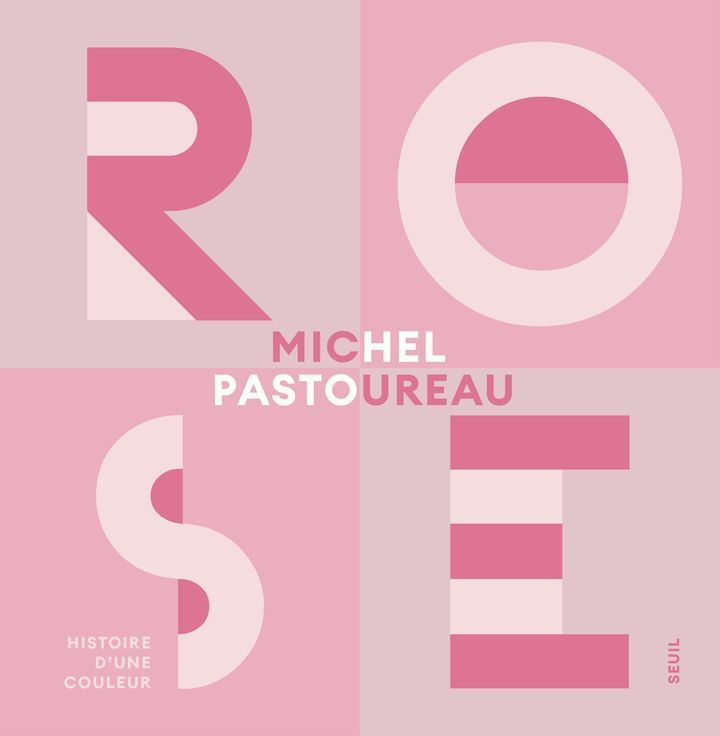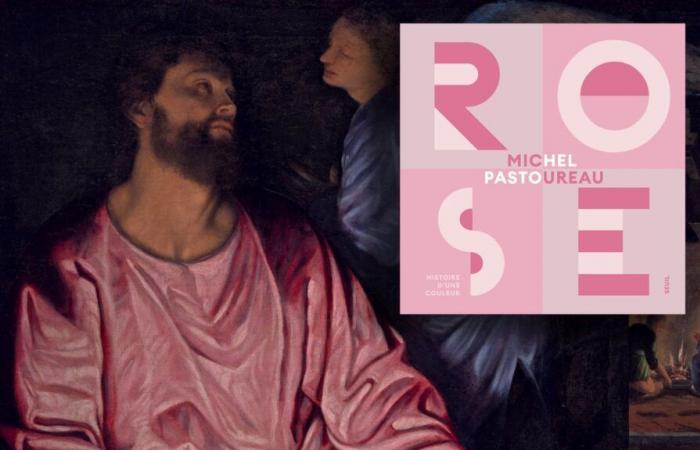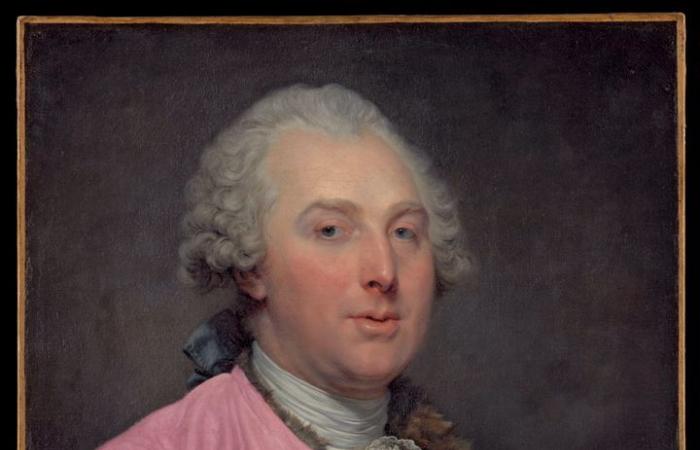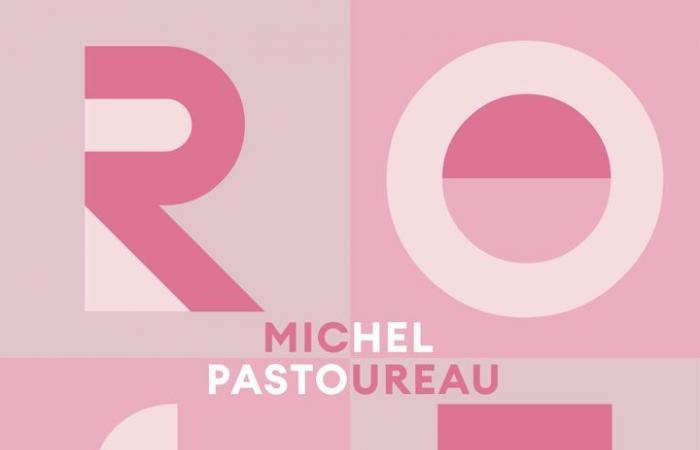After Bleu, Noir, Vert, Rouge, Jauneet Blancthe historian Michel Pastoureau continues his work on color with Rosepublished by Editions du Seuil on October 4.
In this beautiful, magnificently illustrated and richly documented work, Michel Pastoureau sifts through the history of this color in Europe, from Greek Antiquity to pop culture. A color unloved by scientists, who did not recognize it as a color, just as a shade of red.
Men generally take hold of this color, although it is present in nature, quite late. They struggle to name it, to the point that neither Greek nor Latin has a word for pink. So where should we classify this unnamed color? “Nowhere, since it had no name and classification is primarily a matter of vocabulary”explains the historian. It will ultimately be a flower that will give it its name.
In the 15the century pink finally finds its place in the chromatic repertoires, “which become a matter of hues, no longer just words”. But surprisingly, pink is first placed among the yellows, for the sole reason that dyers and painters cannot succeed in making bright and saturated pinks. We will have to wait until the 18the century so that pink is “definitely thought of as a mix of red and white”.
Very fashionable during the romantic era, pink is today at the center of gender concerns. However, it was not reserved for women under the Ancien Régime. In the 18th centurye century, “many aristocratic men wear pink.”

Then pink fell out of favor in the second part of the 19th century.e century. “Pink becomes cutesy, petit bourgeois, old-fashioned, if not corny”notes the historian. The color then passes to the little girls, “dedicated to pink long before little boys were dedicated to sky blue.” This habit of dressing girls in pink was reserved for the privileged classes. Children from working class backgrounds were, both girls and boys, dressed in white. It was not until the 1930s that the custom became widespread, when the colors resisted washing.
As for the massive feminization of pink, “it is undoubtedly the side of the Barbie doll and all the toys and accessories related to it that we should look for”, explains Michel Pastoureau. “For the historian, the most remarkable thing is that this intensification of the staging of Barbie pink takes place at a time when, in the United States as in Europe, different feminist movements are beginning to stand up against anything that distinguishes too strongly girls and boys, especially colors”he analyzes. “Is Barbie pink therefore a 'shocking pink', that is to say a deliberate provocation against such movements, and, in doing so, the defense of a certain conservative morality?”asks the historian.
Thus, Michel Pastoureau traces the tormented history of this color and analyzes its history in depth in Europe, not only from the angle of painting and art. “I tried to study this color over the long term, and in all its aspects, from the lexicon to symbols, including daily life, social practices, scientific knowledge, technical applications, religious morals, artistic creations, the world of emblems and representations”.
The work is all the more fascinating as pink has so far been the subject of very little study. With this book, Michel Pastoureau adds a new chapter to his colossal editorial work on color, begun nearly twenty-five years ago.

“Rose, story of a color”, by Michel Pastoureau (Seuil, 192 p., €39.90)








